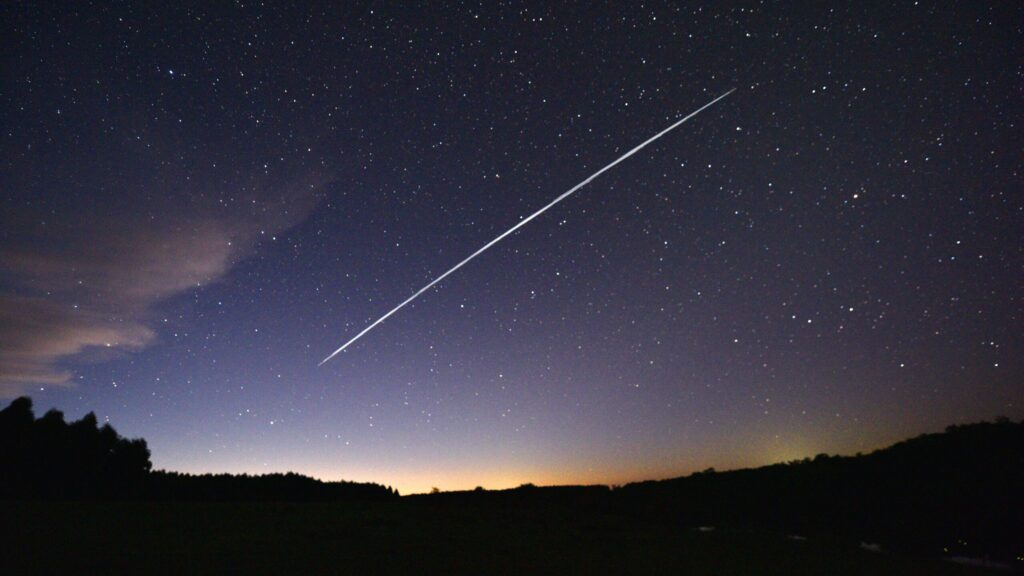It appears that no boy sharks were invited to this gathering of sleeping female Port Jackson sharks (Heterodontus portusjacksoni) in Australia. The fish were spotted snuggled up along the seafloor at Beagle Marine Park in the central Bass Strait.
“There were thousands of sharks tightly packed like a carpet spread across the seafloor,” voyage leader and University of Tasmania quantitative marine spatial ecologist Jacquomo Monk said in a statement. “Port Jackson sharks grow to 1.65 meters [5.4 feet] in length and are found across southern Australia.”
[Related: Sea lion camera crews help scientists map unexplored seabeds.]
Scientists supported by Australia’s National Environmental Science Program from the South Australian Research and Development Institute’s research vessel MRV Ngerin were operating an underwater robot when they spotted and recorded the gathering. The footage was relayed back up to the vessel via a remotely operated vehicle with seven cameras onboard. The team soon discovered that this appeared to be a girls only sleepover.
“This poses more questions than answers for us, but we know that the males and females of this species often live apart, except when mating,” said Monk. “We don’t know exactly why the females are here. Perhaps they are feasting on the local delicacy–doughboy scallops–before the long trip north to lay their eggs. Seeing them again does tell us that the area is important to them.”
Port Jackson sharks rest during the day and feed on octopuses, crustaceans, and squid at night. Divers typically see them in the shallow waters along the coasts of New South Wales and Victoria in Australia. They are known to mate during the late winter and then lay distinctive spiral egg casing onto reefs for protection.
In 2018, the team saw these chill sharks during the first survey of Beagle Marine Park. The protects rocky reefs and diverse, colorful sponge gardens that are important foraging grounds for seabirds that breed on islands in the area. It is also home to 60 species of sharks and other fish.
This year’s two-week return survey led by the University of Tasmania Institute for Marine and Antarctic Studies (IMAS) is revisiting some of these spots to see how they have changed over time.

“We had been hoping to see the sharks again on this survey. Coming upon them twice in a 3000-square-kilometer [1,158 square miles] park is like finding a needle in a haystack,” Monk said. “It was very exciting when we managed to traverse over a rise in the reef to get a glimpse of the sharks snoozing 65-meters [213 feet] below the vessel in almost the same location as they were six years ago.”
The voyage left from Tasmania’s Beauty Point on August 5 and is scheduled to return on August 18. The results will be provided to park managers to accurately assess how well conservation goals are being met.












/https://tf-cmsv2-smithsonianmag-media.s3.amazonaws.com/filer_public/d1/82/d18228f6-d319-4525-bb18-78b829f0791f/mammalevolution_web.jpg)







Discussion about this post